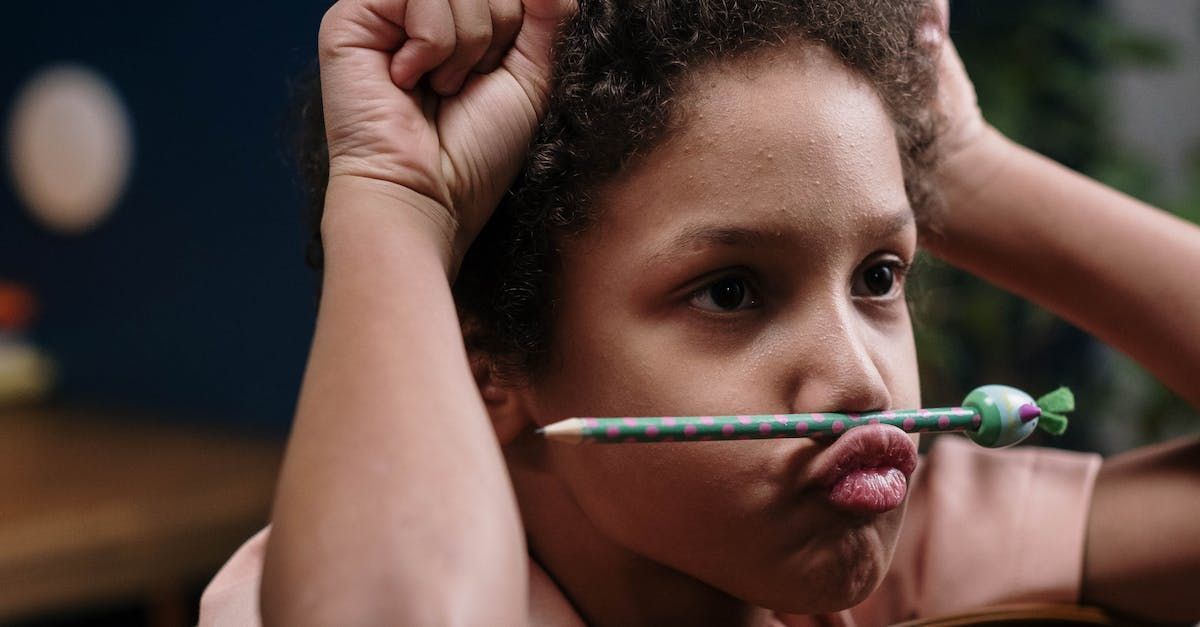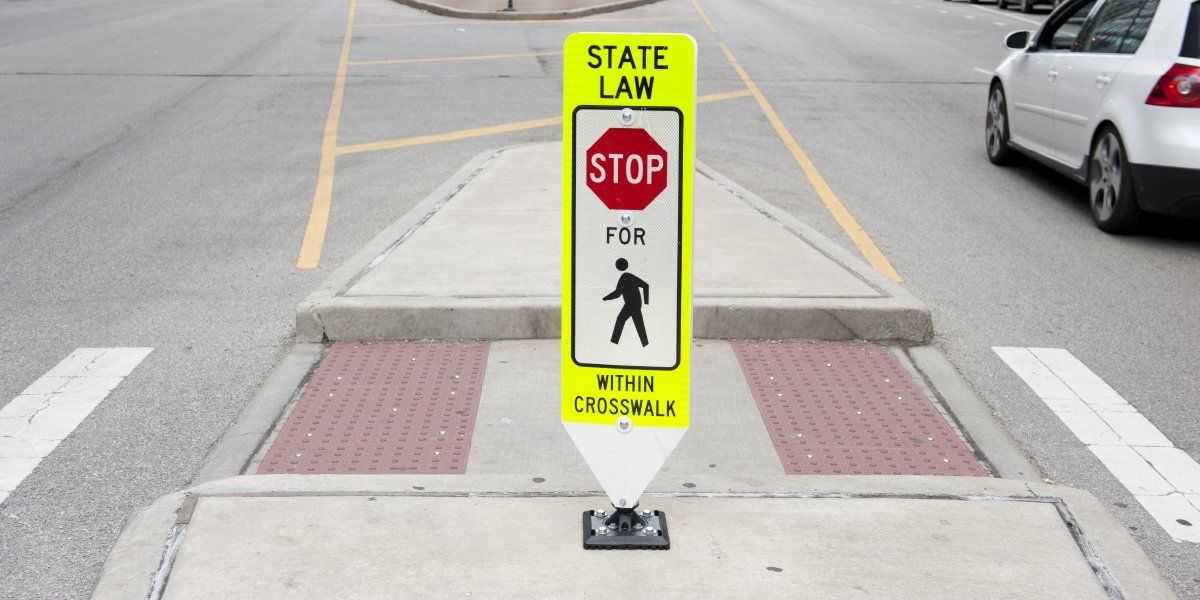There are no lousy students
Behavior Analyst offers insights to improving average test scores.

There resides a prevalent American cultural belief that when an individual considers something good or it conforms to their understanding of societal norms, everyone else should innately behave to that mold. It’s a phenomenon I like to refer to as the “Oughta Wanna” Effect.
School exemplifies one frequently cited institution in which many feel children should naturally want to excel, yet average student test scores are dropping across the country. Reinforcement, a principle in Applied Behavior Analysis (ABA) helps illuminate how these average scores can rise. In ABA, a reinforcer is anything — from praise to a reward — that when provided following a behavior increases the probability of that behavior recurring.
Reinforcement proves an integral element in ABA Therapy in improving social and learning skills. And it’s a technique Dr. Sparks said is useful across numerous behavioral issues, despite occasional hesitancy.
“At times, caregivers and guardians do not want us to use added reinforcers because they feel the client should want to already behave in the way society says is appropriate,” said Dr. Sparks. “They view it as giving them things when they should just want to do it themselves.”
Proficient students typically experience some kind of reinforcement at home, then receive ample individual attention at school. Struggling students also tend to receive increased attention in attempt to get them back on track. Meanwhile, average students garner little focus despite requiring it possibly the most.
“They need more attention than high achievers because the natural outcome isn’t strong enough to affect their behavior,” Dr. Sparks. “People are often frustrated when students are seemingly just getting by. It’s not these students don’t care. A little, strategically planned added reinforcement could improve their performance immensely.”
What is regularly known as the “Good Behavior Game” in elementary school provides a useful example of what strategically planned reinforcement can accomplish. The “game” is a classroom-based behavior management strategy that promotes prosocial behavior and reduces challenging behavior. It includes several variations so while commonly used, experiences and results may differ.
Many scenarios feature a classroom split into groups in direct competition to accrue points toward a reward based on established rules. This iteration potentially deters middle-to-low performing students to fully committing, where they instead relinquish effort when a winning outcome appears unlikely.
Instead, teachers can use the “Good Behavior Game” as a combined team effort and maintain focus on prosocial, positive behaviors: where all students work in tandem to achieve a range of different goals. If the class falters in one area, then attention and reward can be associated in one of the other areas experiencing success. It’s all about maintaining motivation so students sustain effort even when underperforming in one specific area. And teachers implementing these kinds of behavioral strategies can instill evidence-based tactics from behavioral analysts.
“With right planning and right coaching, we can really make it a lot more effective,” said Dr. Sparks. “It’s not that these are lousy students — it’s they don’t have the motivation to do better because it won’t affect outcomes for them.”
Turning the “oughta” into a “wanna” requires analyzing current reinforcers in a situation then comparing the probability, size, delay and effort to render the behavior with alternative reinforcement sources. Identifying that source increases the likelihood of attaining the desired behavior. Dr. Sparks offers an example of a child who finds talking with friends more reinforcing than listening to a lecture. Adding reinforcement to increase motivation to learn, while allocating time for socialization to decrease motivation for interaction, helps educational performance.
“When we are designing our plans after conducting assessments, we first have to determine if the outcome that controls the behavior in question is appropriate,” he said. “If it is, then we help the client learn an appropriate way to get that outcome and make those appropriate behaviors more effective.”
Motivation arrives differently student to student. In the current climate with declining American student test scores — the nation’s average math score for fourth graders has dropped five points since 2019 per the National Assessment of Educational Progress — Applied Behavior Analysis can offer insight to producing sustainable, positive change.
“In all levels of society, things average out,” said Dr. Sparks. “That’s why there are average students. What we’re trying to do is increase that average.”







